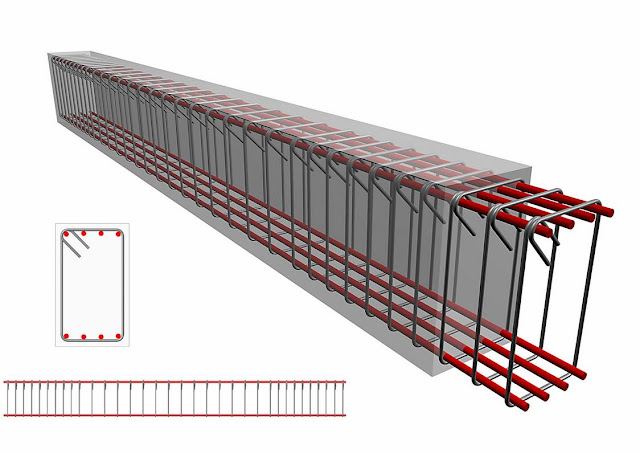http://civilustaad.blogspot.com/
It depends on the body's mass distribution and the axis selected, with larger moments requiring extra torque to change the body's rotation.
It is an wide-ranging (additive) property: the moment of inertia of a composite system is the sum of the moments of inertia of its part subsystems (all taken about the same axis).
One of its definitions is the second moment of mass with respect to distance from an axis r, I = \int_m r^2 \mathrm dm , integrating over the whole mass.
For bodies free to rotate in three dimensions, their moments can be described by a symmetric 3 × 3 matrix; each body has a position of mutually perpendicular principal axes for which this matrix is diagonal and torques around the axes act separately of each other.
THE MOMENT OF INERTIA
The moment of inertia, or else
known as the angular mass or rotational inertia, of an inflexible body
determines the torque needed for a preferred angular acceleration about a
rotational axis.
It is an wide-ranging (additive) property: the moment of inertia of a composite system is the sum of the moments of inertia of its part subsystems (all taken about the same axis).
One of its definitions is the second moment of mass with respect to distance from an axis r, I = \int_m r^2 \mathrm dm , integrating over the whole mass.
For bodies inhibited to rotate in
a plane, it is enough to consider their moment of inertia about an axis
perpendicular to the plane.
For bodies free to rotate in three dimensions, their moments can be described by a symmetric 3 × 3 matrix; each body has a position of mutually perpendicular principal axes for which this matrix is diagonal and torques around the axes act separately of each other.













































